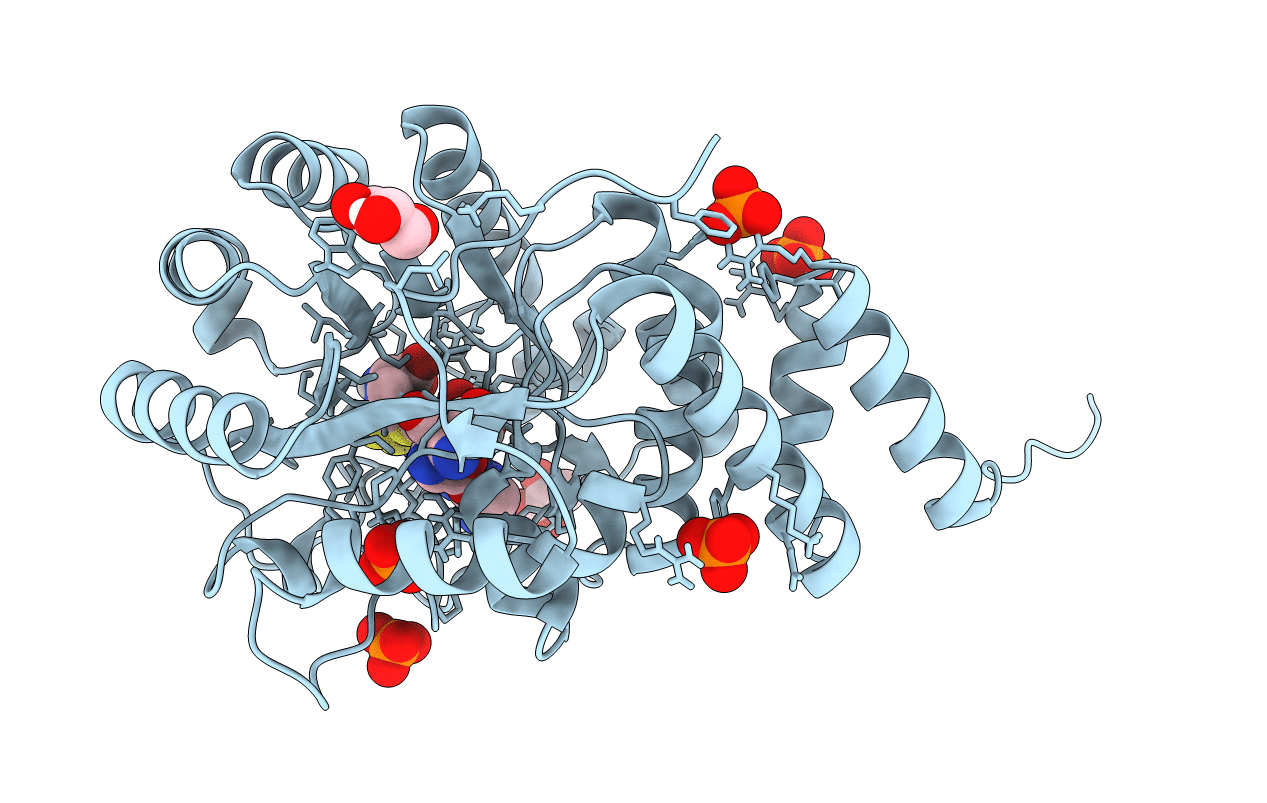
Deposition Date
2021-03-30
Release Date
2021-05-26
Last Version Date
2024-01-31
Entry Detail
PDB ID:
7O1O
Keywords:
Title:
Complex-B bound [FeFe]-hydrogenase maturase HydE fromT. Maritima (Auxiliary cluster deleted variant)
Biological Source:
Source Organism:
Host Organism:
Method Details:
Experimental Method:
Resolution:
1.25 Å
R-Value Free:
0.15
R-Value Work:
0.12
R-Value Observed:
0.12
Space Group:
P 21 21 2


